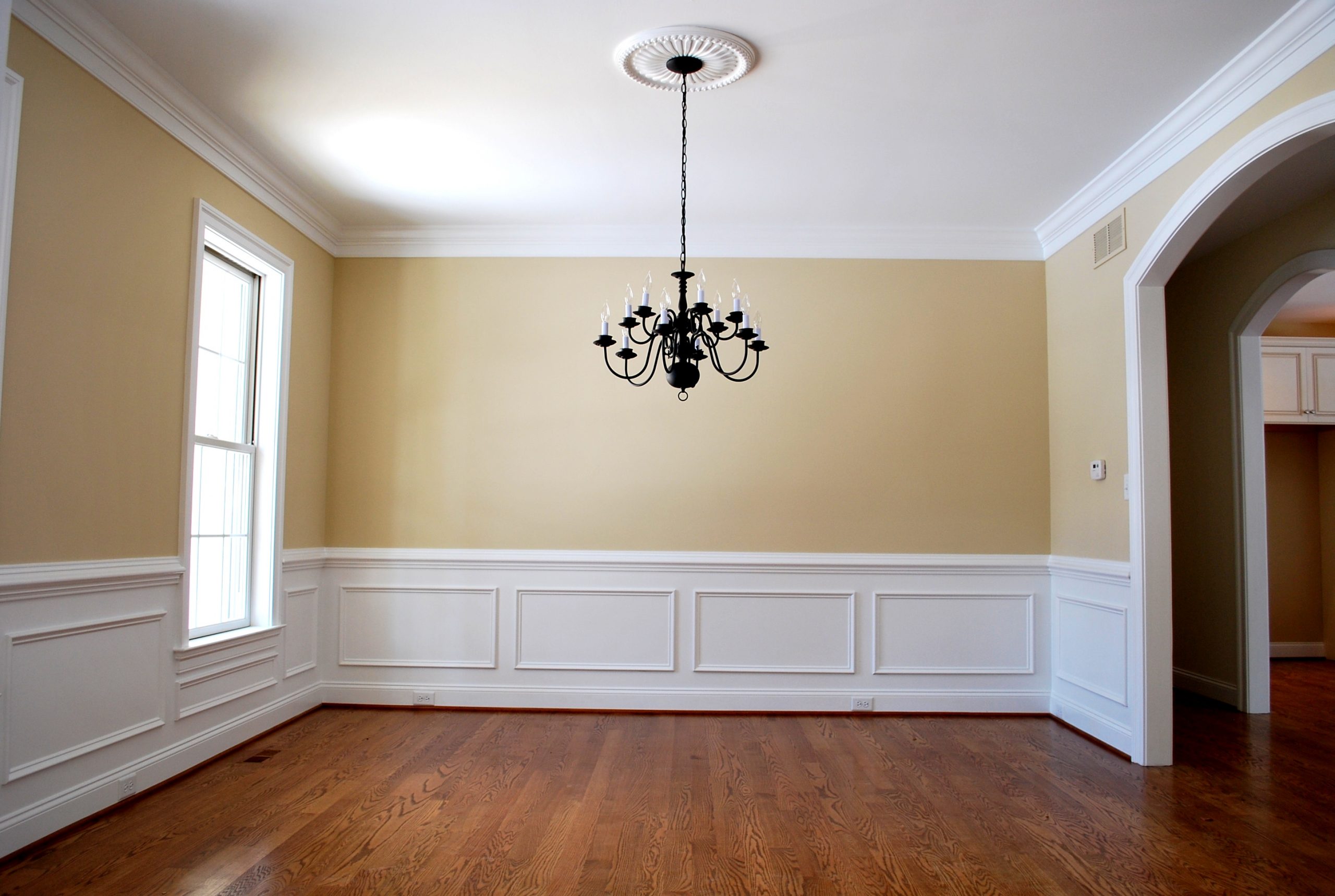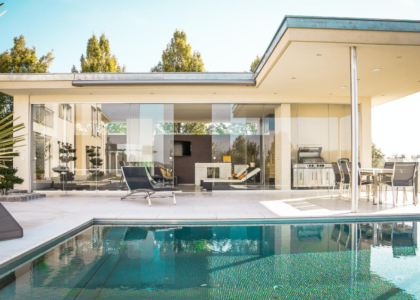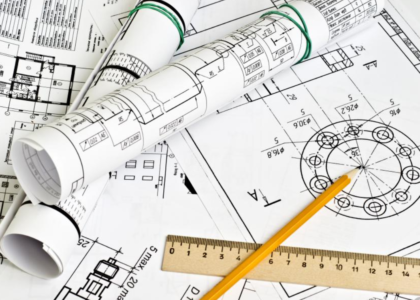With regards to introducing the molding polystyrene, you will end up pondering which item to pick. Up to this point gypsum, wooden and polyurethane (PU) mouldings were the principal decision item for the inside plan and remodel. Yet, selective present-day innovative procedure permitted makers of Polystyrene to carry absolutely new and novel items to the market that sees and feel of the costly mortar and wood yet not at all like them, it is lightweight, simple to introduce and moderate.
Molded Expanded Polystyrene foam, also known as MEPS is the most common foam board insulation material. Together with Extruded Expanded Polystyrene (XEPS) foam, they are the most used materials derived from polystyrene that is used in the production of insulating boards.
This mechanical procedure starts with the aeroplane business. It was presented and further actualized by German architects. These days this innovation is used in the car business to create incorporated guard and bike head protectors. The principle crude material that is utilized for the creation of Polystyrene is B1 Styrofoam that is basic in nourishment industry bundling which affirms that it is biologically protected and clean material.
How polystyrene is formed?
- To create Polystyrene, crude materials are frothed and all the while pressurized utilizing restrictive innovation which brings about high thickness and quality material while keeping up a low weight.
- The pre-expansion” makes the beads become up to three per cent less dense and gives them a smooth surface. After they are expanded, the beads are allowed to “age” for at least 24 hours in special mesh containers, letting the air cool the beads and increase their hardness.
- The next step is feeding the expanded beads into a mould shaped as desired and pumping low-pressure steam or hot air into the mould in such a way that it gets between them, expanding the beads even more and making them “stick” together, taking the shape of the mould.
- After the process is complete, the mould must be cooled to allow the foam to be taken out. The cooling is done through several methods, like circulating water through the mould or spraying it on the outside surface. The excellent insulating properties of the polystyrene foam make this step quite difficult as the foam itself makes the mould harder to cool.
- After the molding polystyrene is cooled, the foam, now in the shape of a block, or in whatever shape was moulded, is taken out and cut in foam core boards according to the specifications of the foam board insulation needed.






